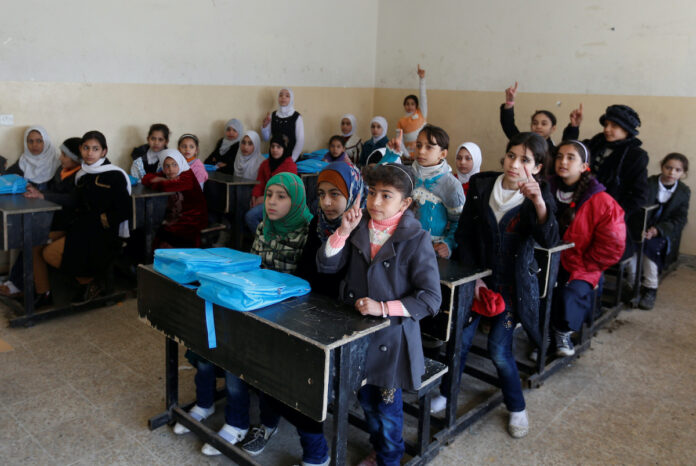A law regulating employment and investment in the educational sector was introduced after 2003. Nevertheless, there seems to be an absence of strategy, vision, and perception in dealing with the privatization of the educational sector and its investors and defining the roles assigned to them, as well as facilities and guarantees; To contribute to strengthening the educational path, on the one hand, and to accelerate development, on the other. This arranged or absent vision of the development dividend of the privatization of the education sector may, over time, lead to a weakening or fluctuation of the output of public or private education. In the view of the Government, the main objective and foundation of private sector participation are to maximize the revenue of the Ministry and to ease the pressure on the State institution, whose capabilities and infrastructure are no longer capable of meeting the growing educational and pedagogical needs.
In this context, the paper aims to highlight the educational reality in Iraq and, by narrative and analysis, reviews quantitative and qualitative growth in the private education sector by responding to the following research problems: What’s the educational reality in Iraq?
The paper assumes an inverse relationship between the privatization of Iraq’s educational sector and its developmental dimensions. To verify their validity, we will adopt the analytical approach to describe the reality of education in Iraq.










